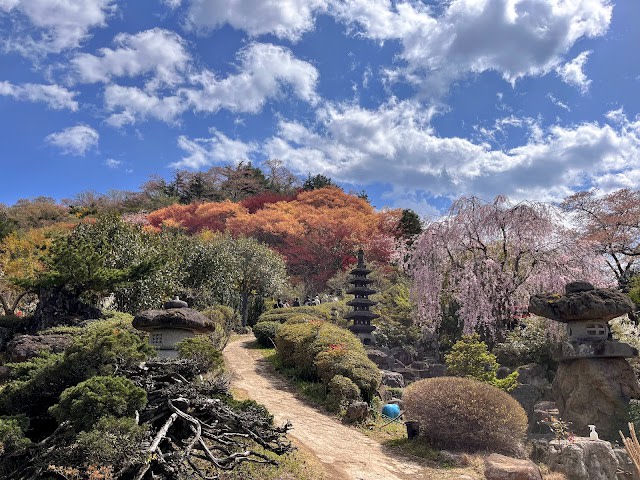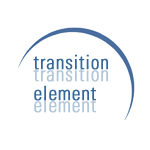Japan Overview - March to April 2023

We visited Japan in 2015 and loved it. That time we visited Tokyo and then went south to Kyoto, Hiroshima. Then we walked a few days on the Kumano Kodo and saw the monasteries in Kōyasan.
After the trip, we knew we wanted to return and see more. Owen was particularly interested in Japan and has spent much time learning about Japanese culture and language. And now that he has started working, he had a lot of holiday rolled over from 2022, and it was the perfect time to go for three weeks. But unfortunately, Ryan is still at university and couldn’t join us.
We started looking at more time in Tokyo and going north. After a few weeks of research, we decided we couldn’t get to Hokkaido or even Amori in the far north of Honshu island. So we looked at all the places we wanted to see in that smaller look and decided that renting a car would be better than trains and buses in the more rural north.
Eventually, we mapped a path and planned to spend five days in Tokyo at the start and two more days at the end of the trip. Then we would take a Shinkansen train to Fukushima and rent a car. Finally, we would travel up the east and come back down the island’s west side with many nights in the mountain areas of Dewa and Zao.
Travelling around Tokyo
For Tokyo, we purchased a train ticket from Narita Airport to Tokyo and a three-day subway pass ahead of time from Klook. It was called the ‘Skyliner and Tokyo Subway Ticket Combo’, which worked great for us.
For the final two days of the trip, we purchased a Suica card from a machine in a station for ¥2,000 (¥500 of which is a deposit on the card that we were returned from another machine at Narita when we left). This amount of cash got us around Tokyo easily for the two days. The card is like a London Oyster card or an NYC Metro card. But additionally, you can use it like a debit card in many shops.
And I should mention Google Maps. It is an excellent tool to use in Japan, and even better that what I experience in London. It has more information about trains, including prices and which car to use. It can navigate you inside buildings. It is amazing. We heavily used a shared list of saved places to navigate around our days. It makes it simple to look up the places you wanted to go. We also all downloaded offline maps which will do basic navigation if you use your data.
Renting a car in Japan
For the rental car, we used rentalcars.com and hired from Nissan. We had to get an international driver’s license at our post office before we went, but the rental company never looked at them. I would still get them in case we were pulled over. We also rented an ETC card from Nissan, allowing us to use the automated gates on the toll roads. It saved time, allowed us to use all the exits and didn’t really cost much, about ¥3,000 for a lot of driving.
Driving in the countryside and smaller cities in Japan is very easy, especially if you are used to driving on the left (like in Great Britain). All the cars are automatic, and there are no roundabouts (so even easier than Great Britain. The speed limits are very low, averaging 80 km/h, and the average person speeds around 15 km/h over the limit. Please note, that there is almost no on-street parking anywhere. You always need to find a lot or a shop with a lot to park; however, many of these are free or cheap.
Hotels & ryokans
We booked all our hotels and ryokans before we went via booking.com, hotels.com or directly a few places. And we created a spreadsheet listing the city and hotel each day, including what each hotel offered for parking, breakfast, dinner, laundry, etc. Then, closer to the trip, I put them all in Google Calendar so we could know what to expect and easily use Google Maps to navigate the parking places. I highly recommend this approach as it is quick and easy to look up what’s next and load a map or web page.
As for hotels, many of them have coin laundry and all of them either automatically add detergent, or had a box to borrow. It is cheap (¥300 to ¥500) and easy to use. It allowed us to take simple carry-on luggage and we washed three times along the way.
Mobile data
We rented a mifi from JWiFi that we picked up and returned in Narita Airport for mobile data. The mifi is a phone-size device that allows the entire family to share mobile data. However, I also tried Airalo e-sim, which worked great, and I would recommend buying one if I were travelling alone or as a couple.
Cash
A note on cash. Credit cards are accepted far more now than in 2015, but many places are still cash only. So we brought a fair bit of Yen and felt safe everywhere carrying it. For three weeks, for all our meals, petrol/gas, gifts, snacks, extra train tickets, etc., and not including hotels and the rental car, we spent around ¥400,000 or ¥21,000 per day (currently £126 or $156).
Language
We had nearly zero problems with language. The existence of tools like Google Translate makes translating a menu or even a conversation easy. Owen spoke enough to help in a few situations, but people’s willingness to help was remarkable and we had no issues.
Food
Every meal we had was excellent, no matter how cheap or expensive. Even better, most places’ costs are very reasonable. At ryokans you normally are just served a breakfast or Kaiseki dinner with a dozen or more little bowls. We rarely hit a pickle, vegetable, bit of seafood that we didn’t like. And if we did, we just skipped that one. Don’t be afraid.
We also used konbinis (convenience stores - 7 Eleven, FamilyMart and Lawsons) for all our snacks, picnics, and lighter meals when we felt overfed. The food is of excellent quality and fun to try.
Read our day by day notes on our 2023 trip to Japan >
No slideshow images defined in front matter for this page.

Comments
Add a comment